

Trendsetter Engineering, a provider of specialised subsea hardware and offshore service solutions from exploration drilling through to abandonment, has announced the recent completion of two deepwater well stimulation campaigns for major operators in the Gulf of Mexico.
The two campaigns resulted in the successful acid treatments of a combined six wells. The campaigns arrived on the heels of a contract agreement to deliver hydraulic intervention and technical services via the Subsea Tree Injection Manifold (STIM) for a Hydrate Remediation and Flowline Flush Project in the Gulf of Mexico.
The Trendsetter STIM offers a 15,000psi rated subsea safety system designed to provide hydraulic well access for both vertical and horizontal tree types. In addition to hydraulic well stimulation, the STIM unit has been used and is capable of supporting various other hydraulic intervention operations including hydrate remediation, bull heading of kill weight fluid and cement as well flowline flushing and testing operations for both pre and decommissioning.


Valaris has secured new contracts and contract extensions to leave its associated contract backlog at approximately US$150mn.
The new scope includes:
• A two-well contract with Anadarko Petroleum Corporation in the U.S. Gulf of Mexico for semisubmersible VALARIS DPS-5. The contract is expected to commence in July 2023 and has a minimum duration of 60 days.
• A nine-well contract for a plug and abandonment campaign with Apache in the U.S. Gulf of Mexico for semisubmersible VALARIS DPS-5. The contract is expected to commence in September 2023 and has a minimum duration of 110 days.
• A minimum duration 180-day contract with an undisclosed operator offshore Australia for heavy duty modern jackup VALARIS 107. The contract is expected to commence in first quarter 2024.
• A one-year contract with an undisclosed operator offshore Australia for heavy duty modern jackup VALARIS 107. The contract is expected to commence in October 2024.
• A two-well contract with a major Australian operator for heavy duty ultra-harsh environment jackup VALARIS 247. The contract is expected to commence in early to mid-2024 and has an estimated duration of 100 days.
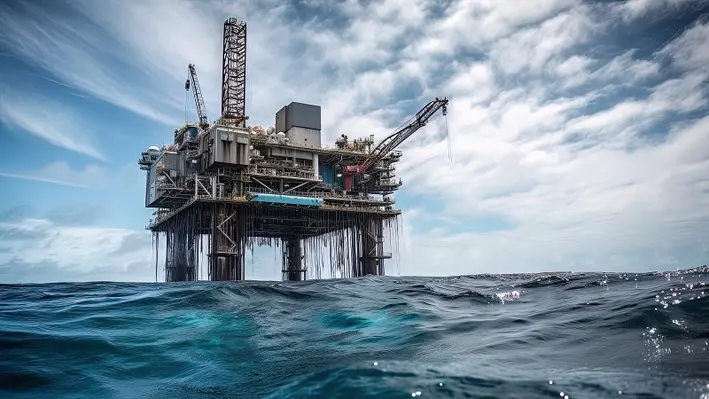

Expro has secured a contract with a major operator for the first deployment of its unique single shear and seal high-debris 15K ball valve assembly.
The multi-functional single shear and seal mechanism will form part of a full subsea deepwater completion/intervention system being designed by Expro for a long-standing and valued customer for a deepwater subsea field at about 6,600 ft in the Gulf of Mexico.
The mechanism is designed to answer the customer’s requirement for a versatile, single-valve subsea solution rather than the conventional double-valve system while offering the reassurance of risk reduction through an additional safety barrier.
Graham Cheyne, Expro’s Vice President of Subsea Well Access, commented, “We are proud to offer our innovative shear and seal solution to meet the needs of this important customer in the Gulf of Mexico. Our cutting-edge technology propels the industry’s momentum towards increased automation, improving safety on the rig floor by minimising personnel and mitigating human error, while providing an additional safety barrier. It offers operators with flexibility for their operations in both in-riser and open water subsea applications.”
Expro’s high-debris single ball system, which delivers shear and post shear seal on a multitude of sizes of coiled tubing, slickline, and electrical cable, is a solution for both gas and liquid. Its versatility makes it suitable for deployment in both in-riser or open water environments.
It is NACE MR0175 compliant and qualified for sour hydrogen sulfide environments. Bi-directional sealing is available even after a pump-through. The mechanism has been qualified to API 17G standard for the performance and design of subsea well intervention equipment. Its ability to handle up to 15% debris is a significant improvement over alternative mechanisms used in this environment today.
Expro’s shear and seal valve is available in the ELSA-HP 15ksi enhanced landing string assembly. It can be configured as a single valve, a single valve with a latch mechanism, or as a conventional subsea test tree arrangement, enabling flexibility. Expro is currently integrating the shear and seal ball system into its ELSA-HD 10ksi equipment and open water offerings.
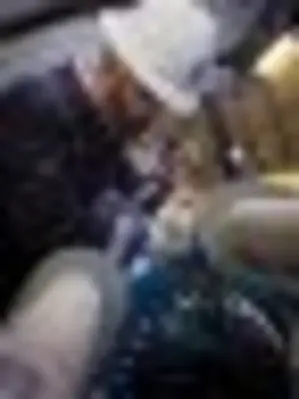
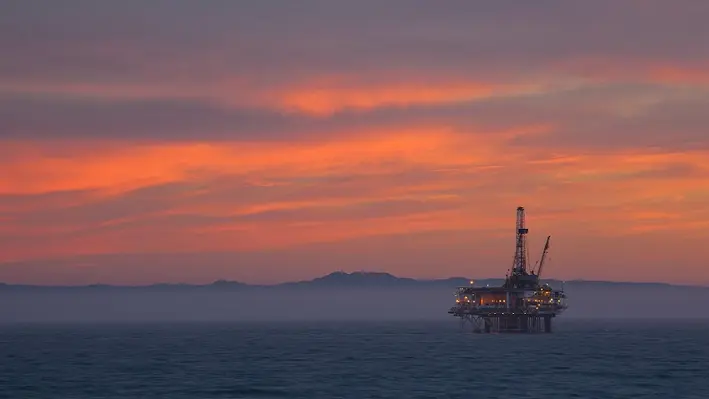

The Bureau of Ocean Energy Management (BOEM) has proposed changes to modernise financial assurance requirements for the offshore oil and gas industry, in order to better protect American taxpayers from incurring the costs associated with the oil and gas industry’s responsibility to decommission offshore wells and infrastructure.
BOEM Director, Liz Klein, commented, “These proposed updates to our financial assurance regulations will help ensure that energy companies that are operating in publicly-owned federal waters are able to fulfill their clean-up and decommissioning responsibilities, without taxpayers having to step in to foot the bill. The commonsense updates that we are proposing would modernise evaluation and financial criteria so that we are better protecting taxpayers from the decommissioning costs associated with aging oil and gas infrastructure on the Outer Continental Shelf.”
Together with reforms to royalty rates, rental rates, onshore bonding requirements, and leasing practices, the changes being announced today continue to advance the Biden-Harris Administration’s federal oil and gas reform agenda, which was outlined in a report that the Department of the Interior developed in response to Executive Order 14008.
The proposed rule would establish two metrics by which BOEM would assess the risk any company poses for the American taxpayer.
To accurately and consistently predict financial distress, BOEM would use credit ratings from a nationally recognized statistical rating organisation, or a proxy credit rating generated through a statistical model. BOEM would require companies without an investment-grade credit rating to provide additional financial assurance. BOEM is seeking public feedback on whether it should rely on credit ratings to make these determinations and what credit rating threshold would best protect taxpayer interests without imposing undue burdens on industry.
Second, BOEM would consider the current value of the proved oil and gas resources on the lease itself when determining the overall financial risk of decommissioning, given that any lease with significant reserves still available would likely be acquired by another operator that would then assume the liabilities in the event of bankruptcy.
The proposed regulatory changes would provide additional clarity and reinforce that current grant holders and lessees bear the cost of ensuring compliance with lease obligations, rather than relying on prior owners to cover those costs.
BOEM would use decommissioning estimates based on industry reported data collected by the Bureau of Safety and Environmental Enforcement (BSEE) at a level that would adequately cover estimated decommissioning costs without being overly burdensome. This proposed rule would allow current lessees and grant holders to request phased-in payments over three years for new financial assurance amounts.
The proposed changes were published in the Federal Register on 29 June, which will open a 60-day public comment period.
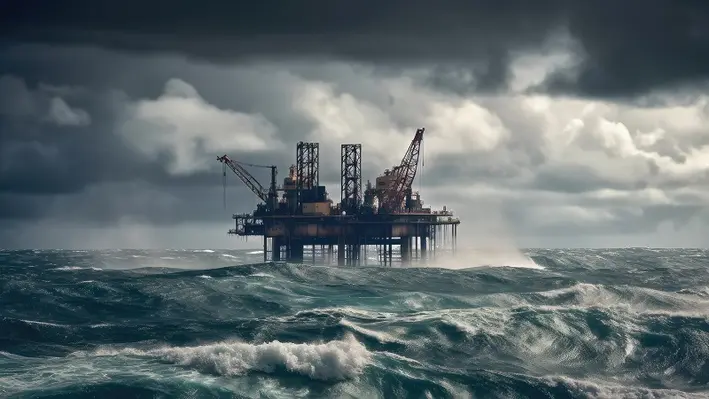

The Bureau of Safety and Environmental Enforcement (BSEE) Director, Kevin Sligh, has announced a US$3mn investment from the Bipartisan Infrastructure Law to help reduce the risk of pollution from orphaned infrastructure on the federal Outer Continental Shelf.
The funding will specifically support BSEE decommissioning service contracts in the Matagorda Island lease area in the Gulf of Mexico. The funds are part of a nearly US$64mn commitment from President Biden’s Investing in America agenda to address orphaned oil and gas wells on public lands.
“The funding announced today under the President’s Bipartisan Infrastructure Law is critical for helping BSEE leverage available funds to tackle the backlog of decommissioning orphaned infrastructure offshore in the Gulf of Mexico,” commented Sligh. “If not properly decommissioned, offshore oil and gas infrastructure can become safety hazards, cause environmental harm, or interfere with navigation, fishing, or other uses of the Outer Continental Shelf.”
BSEE plans to award contracts to address nine orphan wells and associated pipelines and platforms in the Matagorda Island lease area, approximately 12 miles off the Texas coast. The initial contract will address the most immediate and urgent needs to reduce the risk of safety incidents and pollution in preparation for well-plugging operations.
An important part of BSEE’s responsibilities is to ensure that infrastructure used in exploration, development, and production activities undertaken according to the Outer Continental Shelf Lands Act is properly decommissioned to provide the long-term protection of the resource and the surrounding environment.
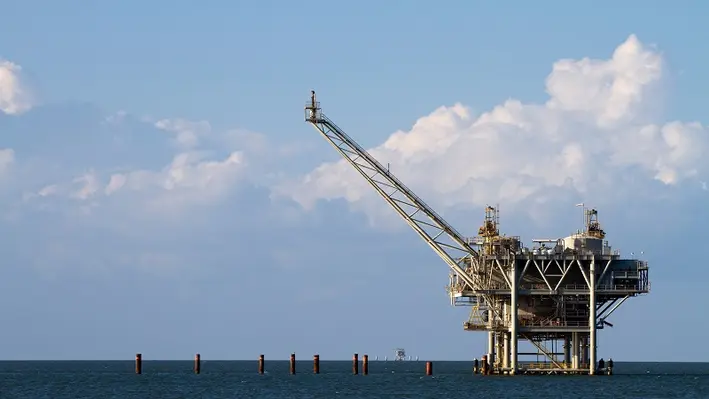

Petrofac, a leading provider of services to the global energy industry, has added a third Gulf of Mexico field, and extended the scope of its existing contract to decommission two fields, in the Gulf of Mexico.
Following this contract expansion, the legacy offshore fields and assets now include 12 platforms, 211 wells and 32 pipeline segments, as well as operations and logistics services. The scope includes the safe, efficient, and assured decommissioning of the fields and operation of the fields during the execution of the decommissioning work.
Petrofac will use its proven decommissioning programme management systems, tools, and processes to deliver the project. Its integrated local team, wider global decommissioning organisation and supply chain partners, have collectively plugged and abandoned more than 2,300 wells and decommissioned over 250 facilities.
Nick Shorten, Chief Operating Officer for Petrofac’s Asset Solutions business, remarked, “This sizable contract expansion recognises our industry-leading decommissioning programme management experience and our differentiated in-house capability to manage all well and asset decommissioning phases.
“Through this and other decommissioning projects, Petrofac is actively and sustainably contributing to the energy transition globally.”
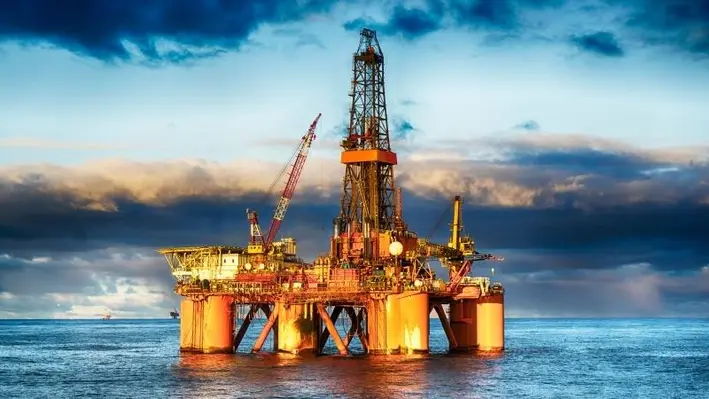
 Helix Alliance, the Louisiana-based subsidiary of Helix Energy Solutions Group, has been awarded a 39-well decommissioning contract for the Gulf of Mexico shelf.
Helix Alliance, the Louisiana-based subsidiary of Helix Energy Solutions Group, has been awarded a 39-well decommissioning contract for the Gulf of Mexico shelf.
Owen Kratz, Helix’s President and Chief Executive Office, said, “This award demonstrates Helix’s position as the preeminent company for full-field decommissioning in the Gulf of Mexico shelf, along with our other services supporting the full life cycle of offshore fields, following the expansion of our industry-leading decommissioning services with our acquisition of Alliance last year.”
The scope of work includes the plug and abandonment of 39 wells, 15 pipelines and seven structures. Helix Alliance plans to utilise the EPIC Hedron heavy lift derrick barge for structure removals, lifeboats for P&A activities, the Triton Explorer dive support vessel for pipeline abandonments and multiple Helix Alliance OSVs throughout the campaign.


C-Innovation (C-I), an affiliate of Edison Chouest Offshore (ECO) and its family of companies, has announced the completion of its 46th well intervention in the Gulf of Mexico.
C-I, a leader in providing turnkey intervention services for the global subsea industry, also successfully completed three new riserless zone perforations, an industry first in both deepwater and high-pressure operations. The well intervention programme provides increased efficiency along with faster response times for emergent situations through the quick mobilisation and deployment of a vessel. C-I specialises in downhole operations, including production injection and integrity logging, caliper measurements, and setting water shut-off and zone bypass plugs. With more well intervention operations planned for 2023, C-I has played a pivotal role in increasing output for operators in the Gulf of Mexico.
George Wilson, Riserless Light Well Intervention Project Manager, C-I, said, “We are very proud to be a part of increasing oil production in this challenging geo-political climate. Riserless interventions on vessels offer both time and cost advantages over riser interventions. C-I’s programme offers the added benefit of dedicated dock space with advanced fluid tracking for faster between-well maintenance.”
C-I’s well intervention programme, which made its debut in 2017, has performed 31 hydraulic interventions and 15 mechanical interventions. The mechanical interventions included a total of 85 successful wireline runs, both e-line and slickline. C-I recently completed its longest mechanical intervention on board the vessel, Island Venture. With 79 days offshore, the operation included 22 e-line and slickline runs, as well as 22,205 barrels of fluid pumped into the well.
Wilson added, “C-I is a fully integrated service provider for our clients. Our turnkey solutions for well interventions alleviate the hassle of coordinating and managing the multitude of subcontractors needed to address complex jobs."
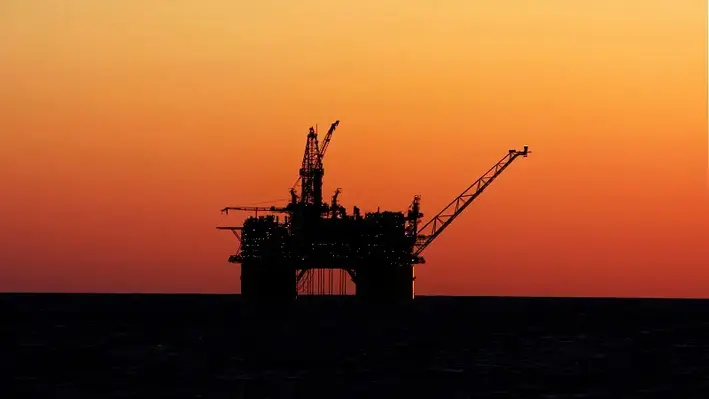
 Researchers at the University of California, Davis, have suggested the cost of permanently plugging and abandoning the inactive oil and gas wells across the waters near Alabama, Louisiana and Texas could be upwards of US$30bn.
Researchers at the University of California, Davis, have suggested the cost of permanently plugging and abandoning the inactive oil and gas wells across the waters near Alabama, Louisiana and Texas could be upwards of US$30bn.
A paper released in the Nature Energy journal stated the area is home to 14,000 inactive wells that have not produced for five years and are unlikely to be reactivated in the region that has become the epicentre of US offshore oil and gas operations.
Leaks from wells closer to shore are more likely to damage ecosystems and release GHG emissions compared to deepwater wells. Studies have found that more than 90% of inactive wells are in shallow waters, and the costs to perform P&A services on those alone would be US$7.6bn.
The findings could help states makes decisions regarding their clean-up priorities, especially as US$4.7bn in federal funding has been authorised by the Infrastructure Investment and Jobs Act.
Liability falls to prior owners to plug and abandon wells in federal waters if the current owners become insolvent and are unable to cover costs. Large US oil companies currently own or have previously owned 88% of the wells in federal Gulf of Mexico waters and would legally shoulder the P&A liabilities.
However, in individual state waters, each jurisdiction handles liability differently, and prior ownership isn’t relevant. States oversee plugging programmes for orphaned wells whose owners have claimed bankruptcy.
“The bulk of the cost comes from plugging wells in deeper water where the environmental consequences are less than for shallow wells closer to shore,” said Mark Agerton, an Assistant Professor at UC Davis and lead author of the paper published.
“That money is probably better spent on state waters where they can’t go after prior owners for clean-up costs and it’s going to be a cheaper clean-up job with more environmental benefit.”


Nauticus Robotics, a developer of autonomous robots using artificial intelligence (AI) for data collection and intervention services, has been awarded a US$2.7mn contract extension with Leidos Holdings.
The extension allows for the continued development of Aquanaut-derivative in preparation for customer adoption decisions and government opportunities expected this year.
The subsea platform is an unmanned underwater vehicle (UAV) with advanced AI and sensing capabilities. It can perform a growing number of jobs without posing a hazard to human divers. The programme has now received US$14.5mn from Leidos since 2022 and the technology is expected to underpin major future opportunities.
Like the Aquanaut, the derivative robot features technology to support security activities and is advancing to complete more challenging missions. The award allows further autonomous behaviour and operational capability enhancements to toolkit, Nauticus’ proprietary software package developed to enable an ecosystem of autonomous actions for subsea vehicles and services as the foundation for this work.
Nicolaus Radford, founder and CEO of Nauticus, commented, "I am very proud of our team's performance resulting in this follow on award, further cementing our partnership with Leidos. This very important work combines great attributes from each company to deploy a truly novel subsea capability."
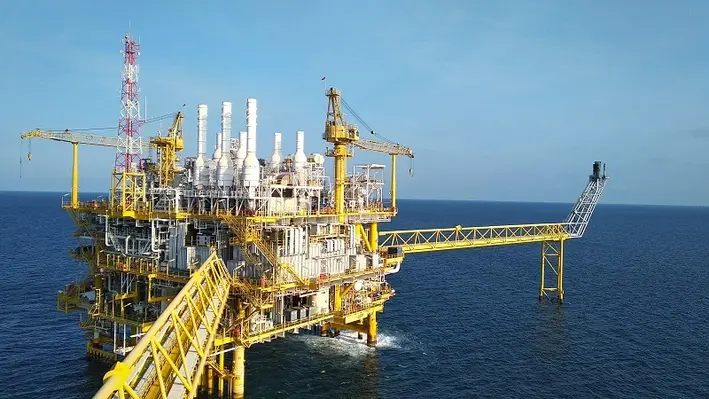

ABB, a technology leader in electrification and automation, has highlighted how its emissions monitoring technology is now employed to identify and monitor orphan wells in the United States.
With the help of ABB technology, organisations such as The Well Done Foundation, the nonprofit organisation that works to plug orphan oil and gas wells in the country, can detect leaking wells and, once the wells are capped, continue to monitor the sites to ensure they no longer emit harmful greenhouse gases.
The United States Environmental Protection Agency estimates that methane emissions from over two million inactive, unplugged wells, of which orphan wells are a subset, range from a CO2 equivalent of 7 to 20 million metric tons per year (approximately the emissions of two to five million cars). Methane has more than 80 times the warming power of carbon dioxide over the first 20 years after it reaches the atmosphere, according to the Environment Defense Fund.
“It is extremely rewarding to see our technologies employed in the endeavor of fixing such a pressing environmental problem. We remain focused on accelerating the pace of environmental programmes that reduce emissions, especially in the oil and gas industry. Our work on this initiative is a great example of how technology can benefit the environment and help countries achieve their sustainability goals,” sayid Jacques Mulbert, Division President, ABB Measurement & Analytics.
Together with channel partner Winn-Marion, ABB worked to create a comprehensive approach that enables the identification, on-site qualification, and monitoring of orphan wells.
Initially, ABB’s gas leak detection system is used to find the orphan wells. Depending on their location, the high sensitivity analysers using OA-ICOS technology are transported by vehicle (using ABB Ability MobileGuard), drone (HoverGuard), or backpack (MicroGuard) to the site. The system can detect methane emissions down to one part per billion (ppb).
Once on-site, it measures methane concentration and flow with a measuring range as low as 180kg/h. The flow from the thermal mass is logged and visualised on ABB’s gas flow computers, the control devices known in the industry for their extreme accuracy and reliability. In the post-plugging phase, methane emissions continue to be monitored.
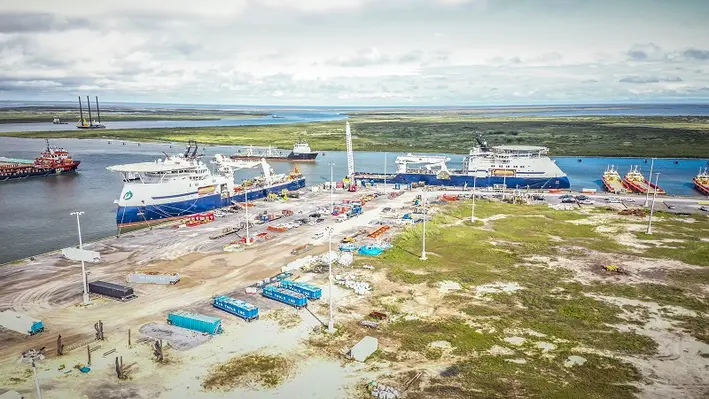
 C-Innovation LLC (C-I), and affiliate of Edison Chouest Offshore (ECO), has expanded into a new facility in Port Fourchon, Louisiana, which will provide an additional dock for subsea inspection maintenance and repair (IMR) and riserless light well intervention (RLWI) services.
C-Innovation LLC (C-I), and affiliate of Edison Chouest Offshore (ECO), has expanded into a new facility in Port Fourchon, Louisiana, which will provide an additional dock for subsea inspection maintenance and repair (IMR) and riserless light well intervention (RLWI) services.
The dedicated docks, along with C-I’s current location, will provide the company’s clients with faster mobilisation, demobilisation and maintenance times, equating to cost savings.
The secondary location will offer vessel loading, project system integration testing (SIT), and mobilisation and demobilisation services for the subsea market. Delivering C-I’s premier customer service, the facility provides 24/7 operations, dedicated dispatcher support, a weekday manager, and client offices with conference rooms to be constructed later in the year.
JeanPaul Guidry, Shorebase Operations Manager, C-Innovations, said, “The new facility serves as a hub for executing all of our subsea projects. As C-I’s projects move from the initiation and planning phases, our shorebase operation facilities provide an efficient workflow as we move projects into mobilisation and execution.”
For IMR work, C-I provides both short and long-term storage for project equipment, and can move into SIT prior to mobilisation. For RLWI services, equipment and fluid can be staged prior to each mobilisation or between well maintenance (BWM). SIT and preventative maintenance can be completed at the new facility before the vessel is ready to start a well campaign.
Guidry commented, “Our customers trust C-Innovation with providing a turnkey project execution solution. Having facilities dedicated to project execution creates a unique offering within the subsea service provider marketplace, and helps strengthen the trust our clients have in C-Innovation.”
Page 14 of 22
Copyright © 2025 Offshore Network